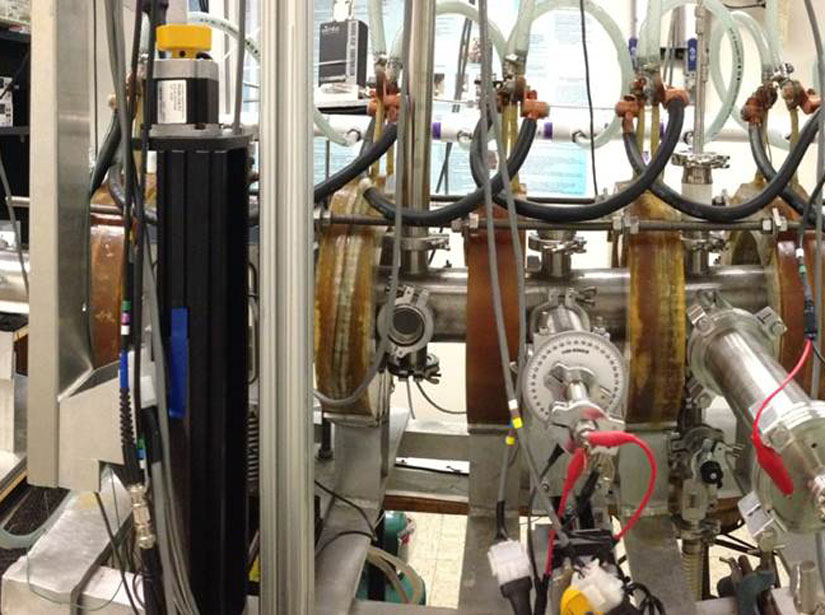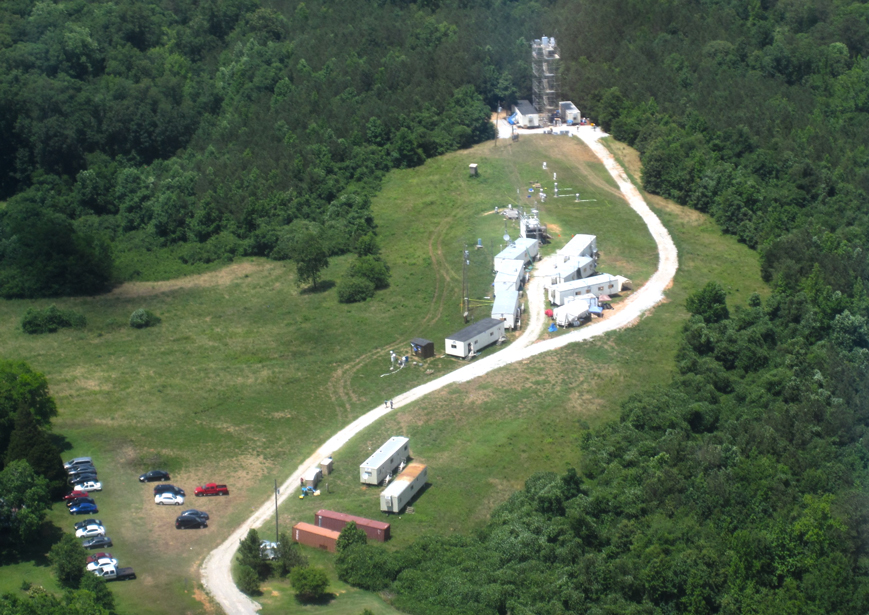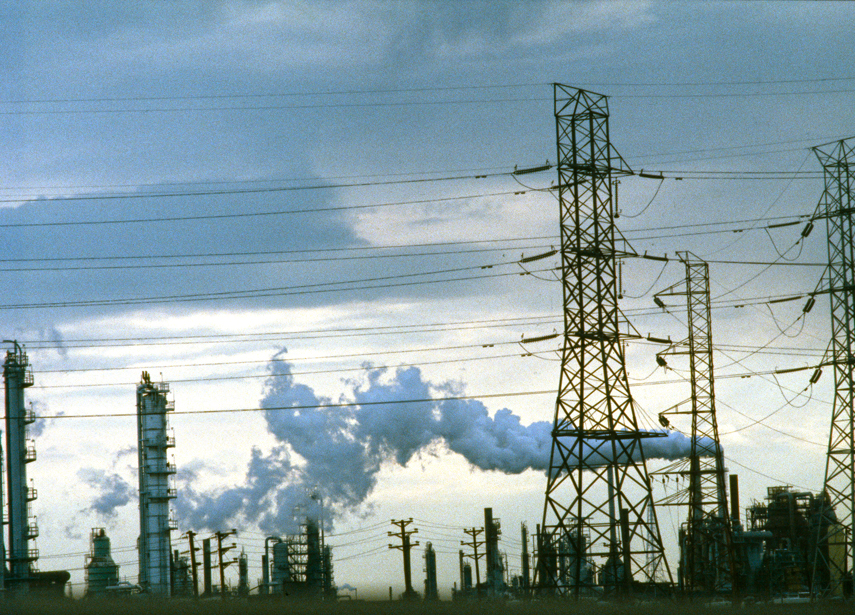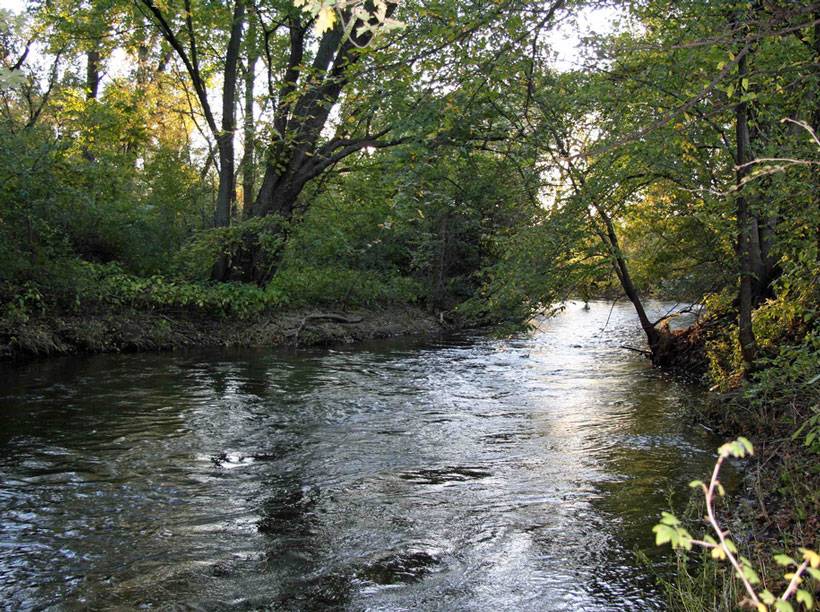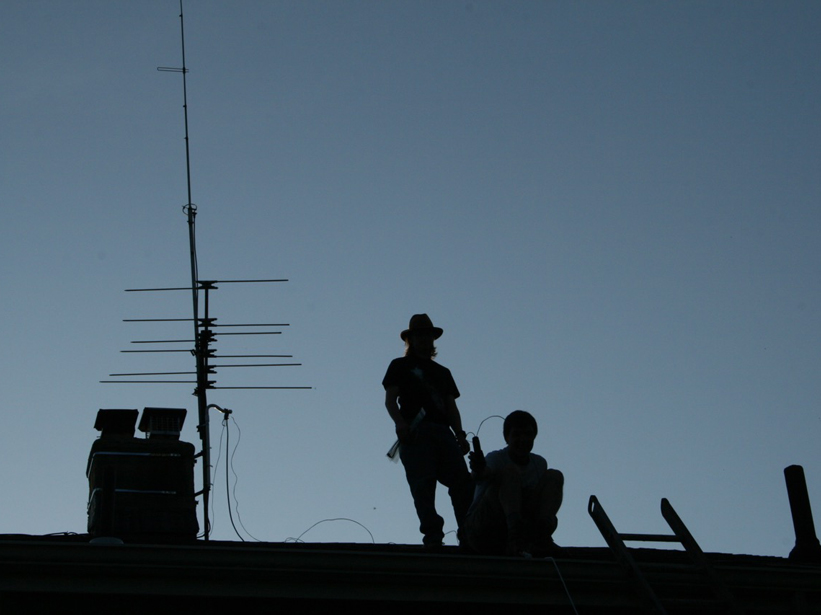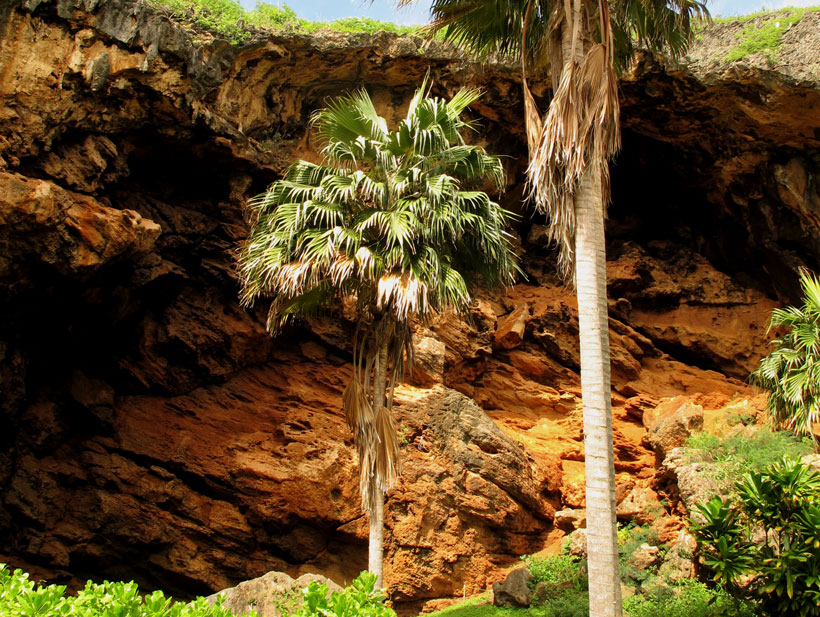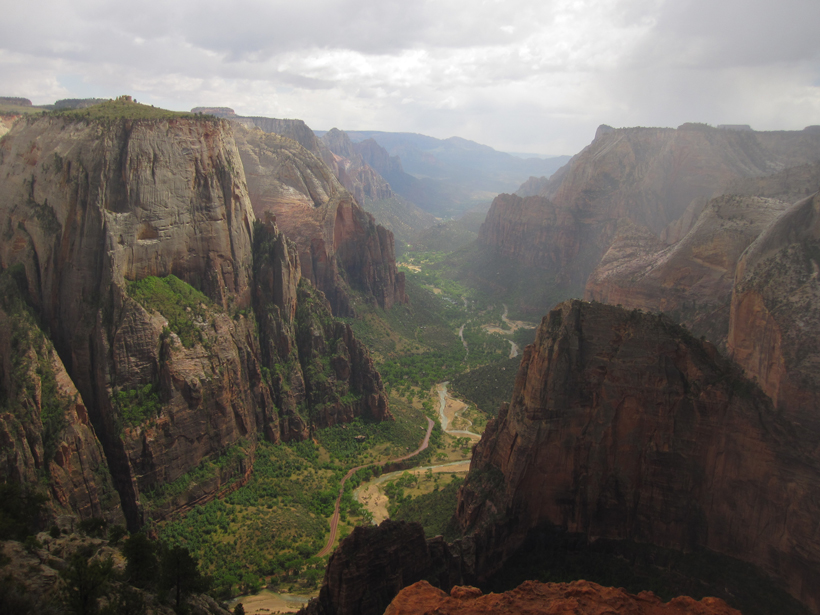Factors that generate electrostatic noise involve how electric fields compress magnetized plasmas.
Research Spotlights
Research spotlights are plain-language summaries of recent articles published in AGU’s suite of 24 journals.
Reduced Emissions Lead to Clearer Skies over Alabama
Aerosol pollutants are on the decline—and so are their effects.
Changing Patterns in U.S. Air Quality
Over the northeast United States, ground-level ozone will peak in the winter rather than the summer thanks to continued reductions of regional nitrogen oxide emissions from smokestacks and tailpipes.
How a River Gets Its Width
A new model of deposition and erosion on river banks allows scientists to study how the banks control their stream’s width.
Exploring How Wind Blows Sand on Dunes
Sand dunes migrate—so why haven’t some budged in 60 years?
Radio Blackout! Ham Radio as an Operational and Scientific Instrument
Monitoring solar activity that disrupts communications can be helped by crowdsourced and automated reports from amateur radio operators.
Tracking Down a Subduction Zone Earthquake
Researchers use computer simulations to find the date and earthquake source of an ancient tsunami that deposited sediment in a Hawaii sinkhole.
Bank Materials Strongly Influence River Valley Evolution
Models suggest that the shape of river valleys depends strongly on how meandering rivers interact with the sediment and bedrock of the banks.
Wave Ripples Spaced by Flow Downstream of Ripple Peaks
The well-known ratio between sand ripple spacing and wave-driven flow oscillations may be dictated by flow dynamics downstream of ripple crests.
Rapid Gas Hydrate Forms Pockmarks in Nigeria's Seafloor
The seafloor in deep water regions off the coast of Nigeria is speckled with pockmarks that scientists suggest were mainly made by the rapid formation of gas hydrate.

